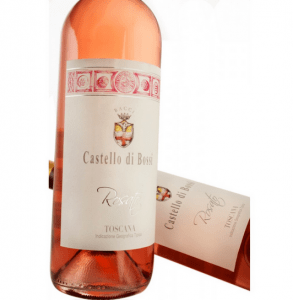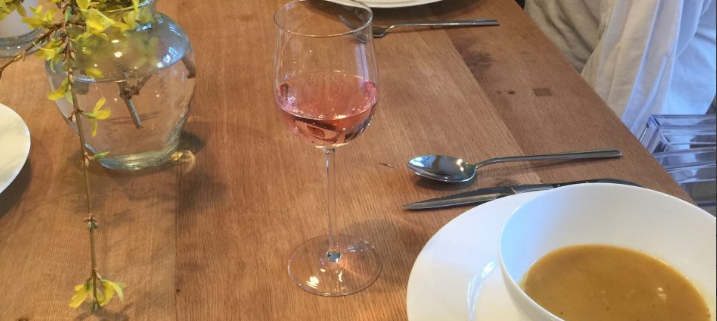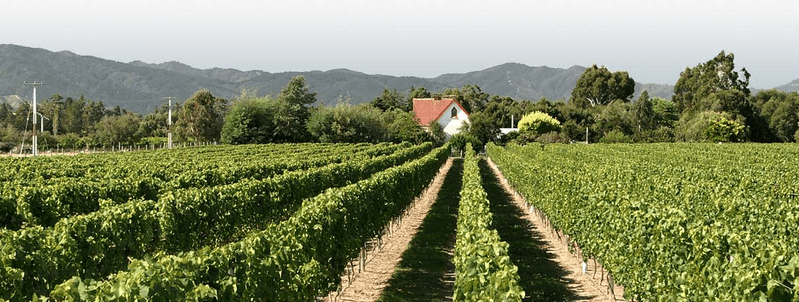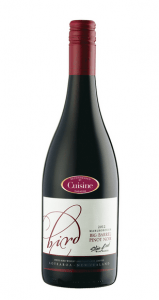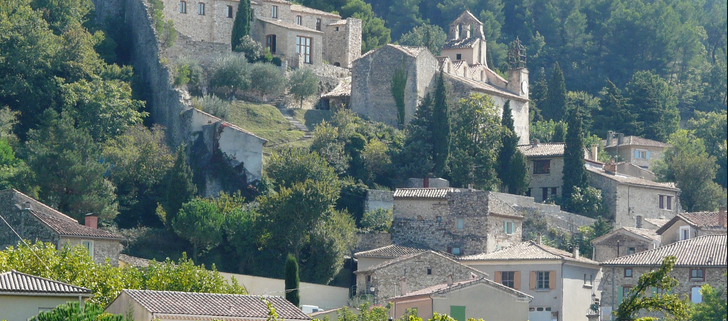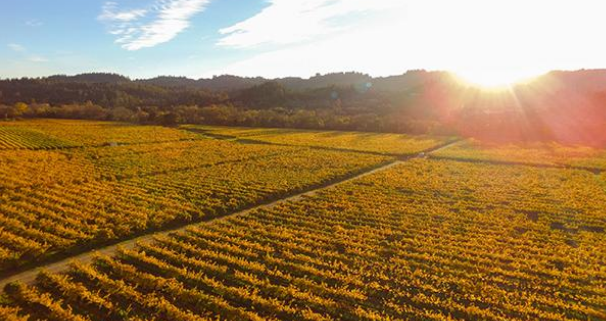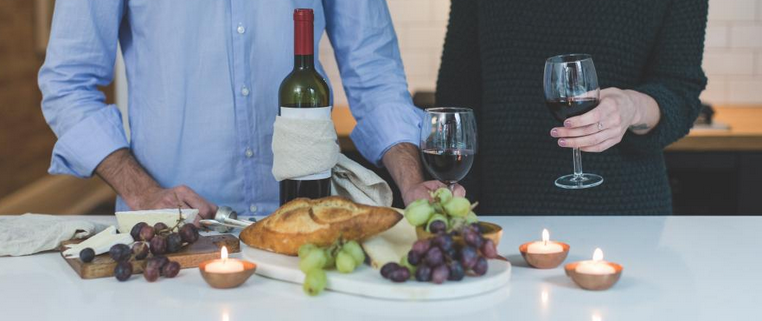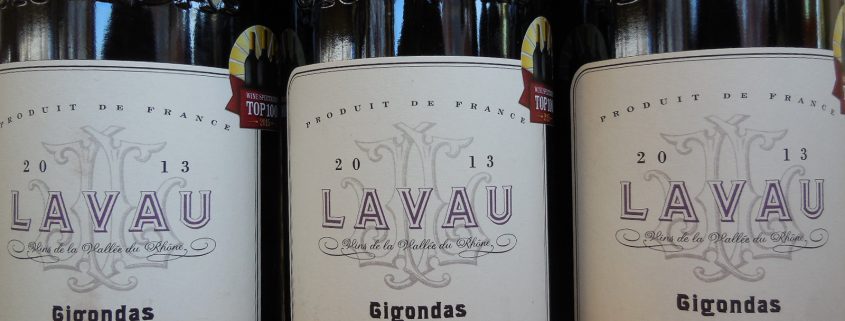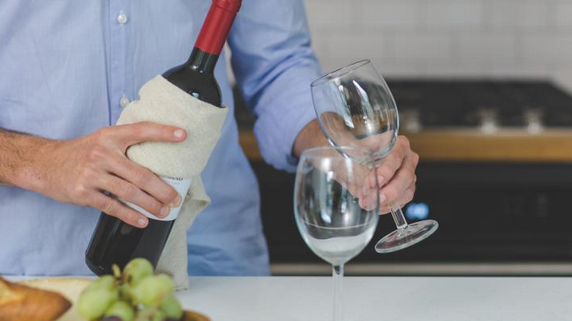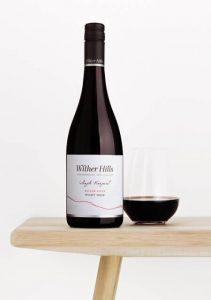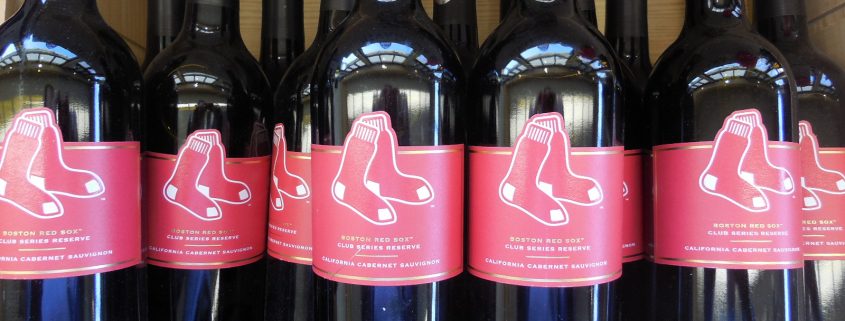As opening day for the Red Sox approaches, I can tell the fans are getting excited. The problem is and I have to be honest, I am not a baseball fan. I know people LOVE the Red Sox and I appreciate that – I am a fan of wines and would totally fan-girl over some famous winemakers, give critical commentary on their raw materials, their decisions for how to make wines, how to label them, when to release them. And most philosophical, I think people find real depth when thinking of and speaking about baseball – similar to the Truth that is said to lurk in every bottle of wine. The link between the two seems inevitable.

Photo by: CBS Boston
Being a complete novice though at baseball, I began researching this game that so absorbs and thrills fans. The wisdom among its famous is quite real. For example, some guy named Bob Feller said, “Everyday is a new opportunity. You can build on yesterday’s success or put its failures behind you and start over. That’s the way life is, with a new game everyday and that is the way baseball is.” Those truly are words to live by. I also loved Tommy LaSorda saying, “There are three types of baseball players, those who make things happen, those who watch things happen and those who wonder what happened.” Again, this is a very profound life lesson.
But perhaps the person most credited with folksy wisdom in baseball appears to be Yogi Berra. And these seem to be his best quotes:
• “When you get to a fork in the road, take it.”
• “It gets late early around here.”
• “A nickel ain’t worth a dime anymore.”
• “The future ain’t what it used to be.”
• “Ninety percent of this game is half mental.”
• “I really didn’t say everything I said.”
• “You can observe a lot just by watching.”
• “Half the lies they tell about me aren’t true.”
• “If you don’t know where you’re going, you might end up someplace else.”
• “Love is the most important thing in the world, but baseball is pretty good too.”
But to go with all this wisdom, one needs the right wine. What better choice than the Red Sox Club Series Cabernet Sauvignon? Wine consumption grew 40% between 2000 and 2013 and baseball club series labels are sold in many stadiums these days – meaning people are drinking wine at baseball games. Beer is losing its supremacy. This wine is bold and structured, the perfect wine to go with meats off the grill – burgers, ribs and sausages. As a Cabernet Sauvignon, it is not as heavy as some others making it more approachable in the summer heat. But perfect for those “I’m-expecting-it-to-be-warm-but-it’s-still-cold” spring days. It has all the black currant you expect from a Cab but also some subtle hints of chocolate and tobacco, with a nice fruity finish. It is the perfect gift for a baseball fan on opening day!
Enjoy, Seema
